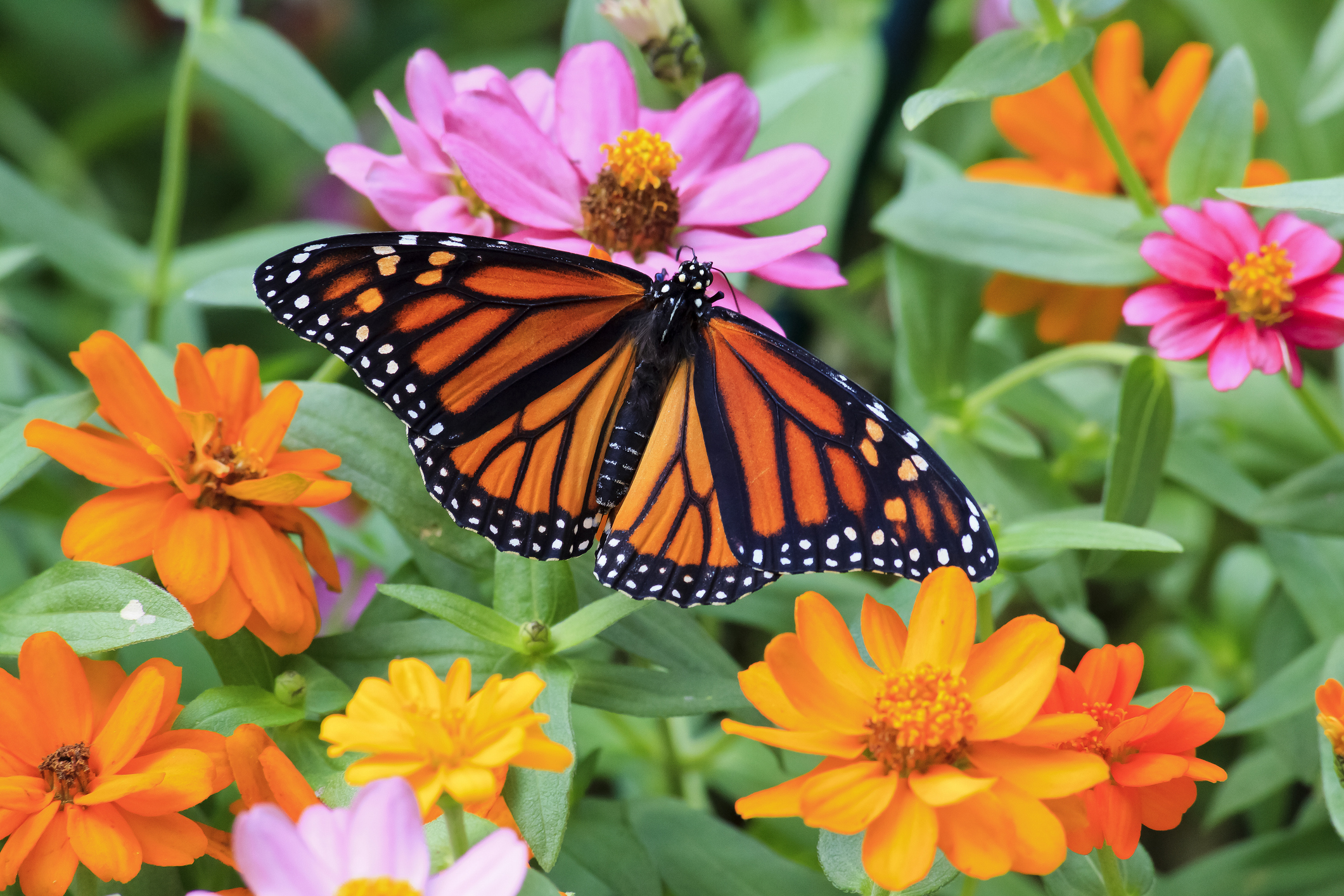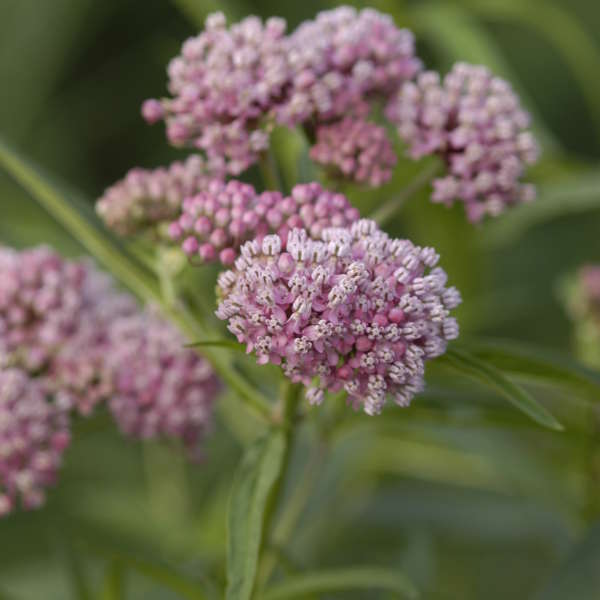20th Aug 2025
Help Save the Monarch Butterflies with Native Plants
Planting natives is one of the easiest and most impactful ways gardeners, homeowners, and communities can help monarchs. Habitat loss, pesticides, and climate change have caused populations of these iconic butterflies to crash in recent decades. Fortunately, the right natives can provide food, shelter, and breeding habitat that monarchs need to survive and recover.
Let’s explore how you can use native plants to help monarchs in your yard or neighborhood.
Plant Native Milkweed
Monarch butterflies need milkweed (Asclepias species) to lay eggs and for caterpillars to eat. Without milkweed, monarchs cannot reproduce. Female monarchs will only lay eggs on milkweed leaves. Once hatched, the caterpillars will consume the leaves as they grow and develop into butterflies.
Fortunately, there are several great native milkweed plants to choose from, depending on your region and site conditions. Some good options include:
Common Milkweed (Asclepias syriaca) – A tall, fragrant milkweed species that attracts many pollinators.
Swamp Milkweed (Asclepias incarnata) – This species tolerates moist soils well, so it’s a good choice for rain gardens.
Butterfly Weed (Asclepias tuberosa) – A drought-tolerant species with bright orange flowers that bees and butterflies love.
Whorled Milkweed (Asclepias verticillata) – This milkweed has fine-textured foliage and is adaptable to many landscapes.
Planting several different milkweed species helps ensure a succession of blooming times, so there is food for monarchs throughout the growing season. It also increases survival chances for monarch caterpillars.

Add Native Nectar Plants to help save monarch butterflies.
In addition to milkweed for their young, adult monarch butterflies need nectar-rich flowers to survive and make their epic migration. Planting a variety of native flowering plants will ensure a succession of blooming times from spring through fall so there is always nectar available.
Some great native options for nectar plants include:
Purple Coneflower (Echinacea purpurea)
Bee Balm (Monarda didyma, Monarda fistulosa)
Black-eyed Susan (Rudbeckia hirta)
Blazing Star (Liatris spicata, Liatris pycnostachya)
Joe Pye Weed (Eutrochium purpureum)
Goldenrods (Solidago species)
Asters (Symphyotrichum species)
In addition to monarchs, these plants will help bees, hummingbirds, and other pollinators too.
Provide a Pesticide-Free Habitat
Herbicides and insecticides kill many monarchs. Even products that claim to be “safe for pollinators” may be toxic to caterpillars. By gardening organically and not using chemical sprays, you create a pesticide-free zone where monarchs can feed and raise young in peace.
Plant native plants in clusters and layers.
Large groupings of flowering plants are much more attractive to monarchs than single specimens scattered here and there. Plant milkweed and nectar plants in drifts or bunches. This also makes them more visible to passing butterflies.
Support Migration and Overwintering
Adult monarchs need nectar not only during summer, but also during their fall migration to Mexico for breeding. Late-blooming native plants are critical nectar sources along their way. Provide late-season blooms if you are located in southern areas to help monarchs on their journey.
Get Involved in Community Efforts
Monarch Watch offers a waystation program that you can certify by planting and providing monarch habitat in your yard or garden.
Work with schools or public parks to create monarch waystations.
Encourage your neighbors to plant native milkweed and wildflowers. Habitat corridors are more powerful than single gardens.

Why Native Plants?
While non-native flowering ornamentals can be pretty and attractive, they may not provide the right nutrients, or be accessible by monarchs. Native plants co-evolved with monarchs (and other pollinators), so they are the most reliable and best food and habitat source for these butterflies. Planting natives is a surefire way to help monarchs with purpose and precision.

